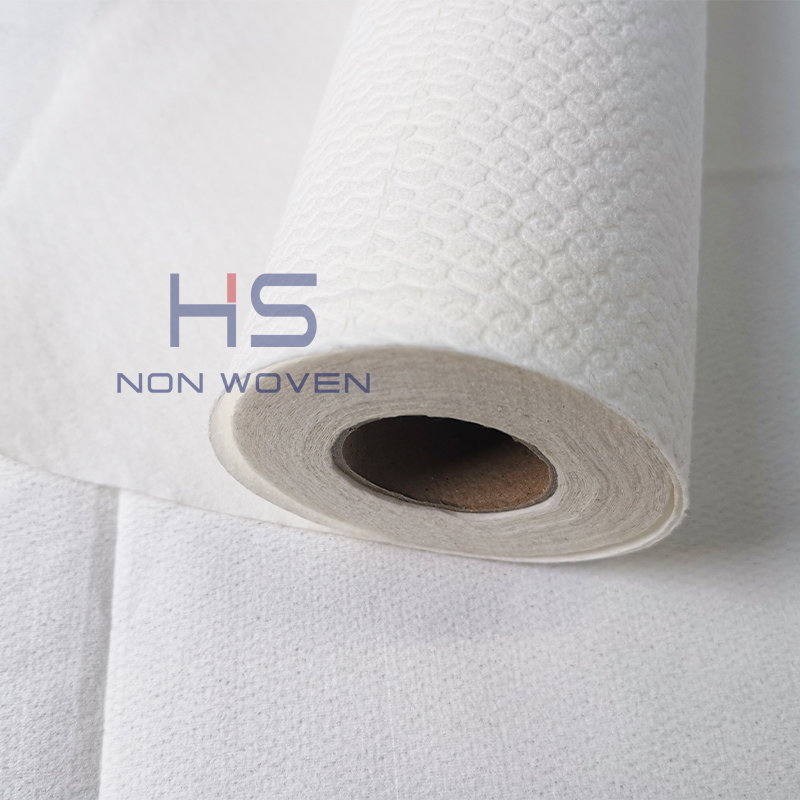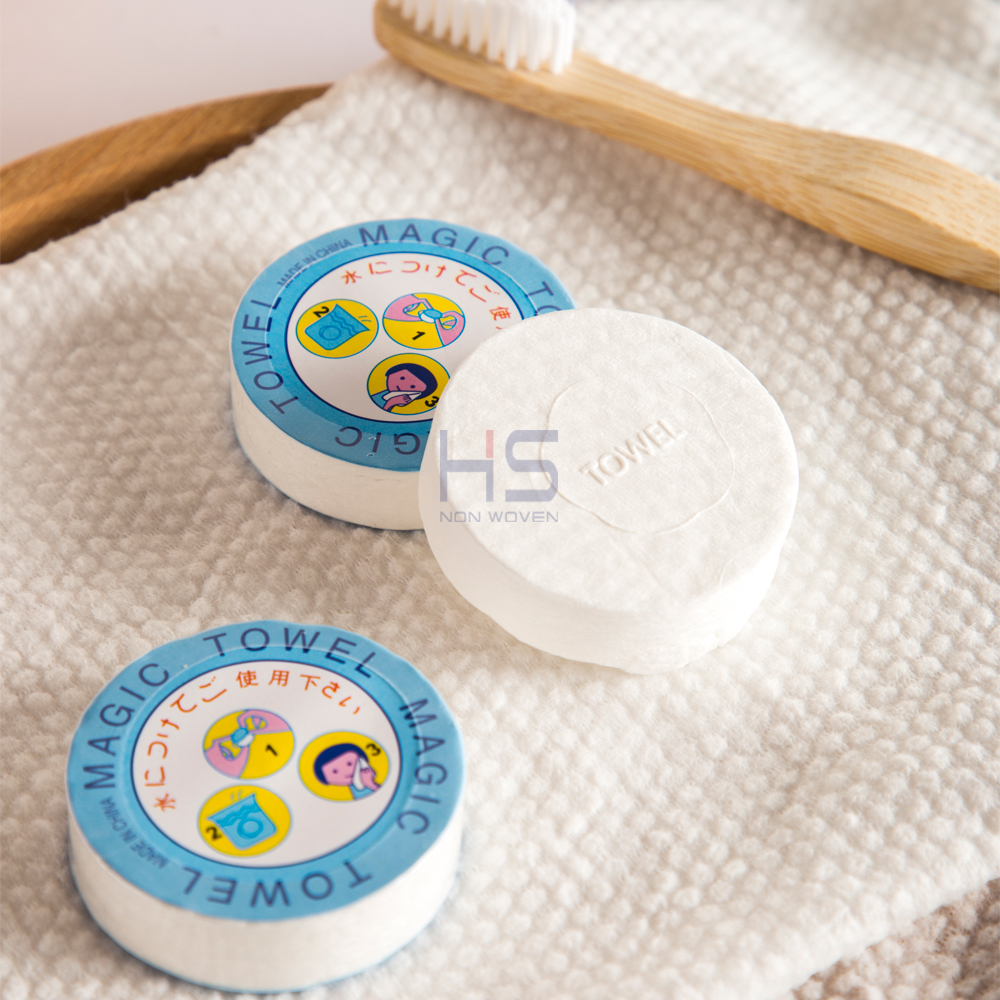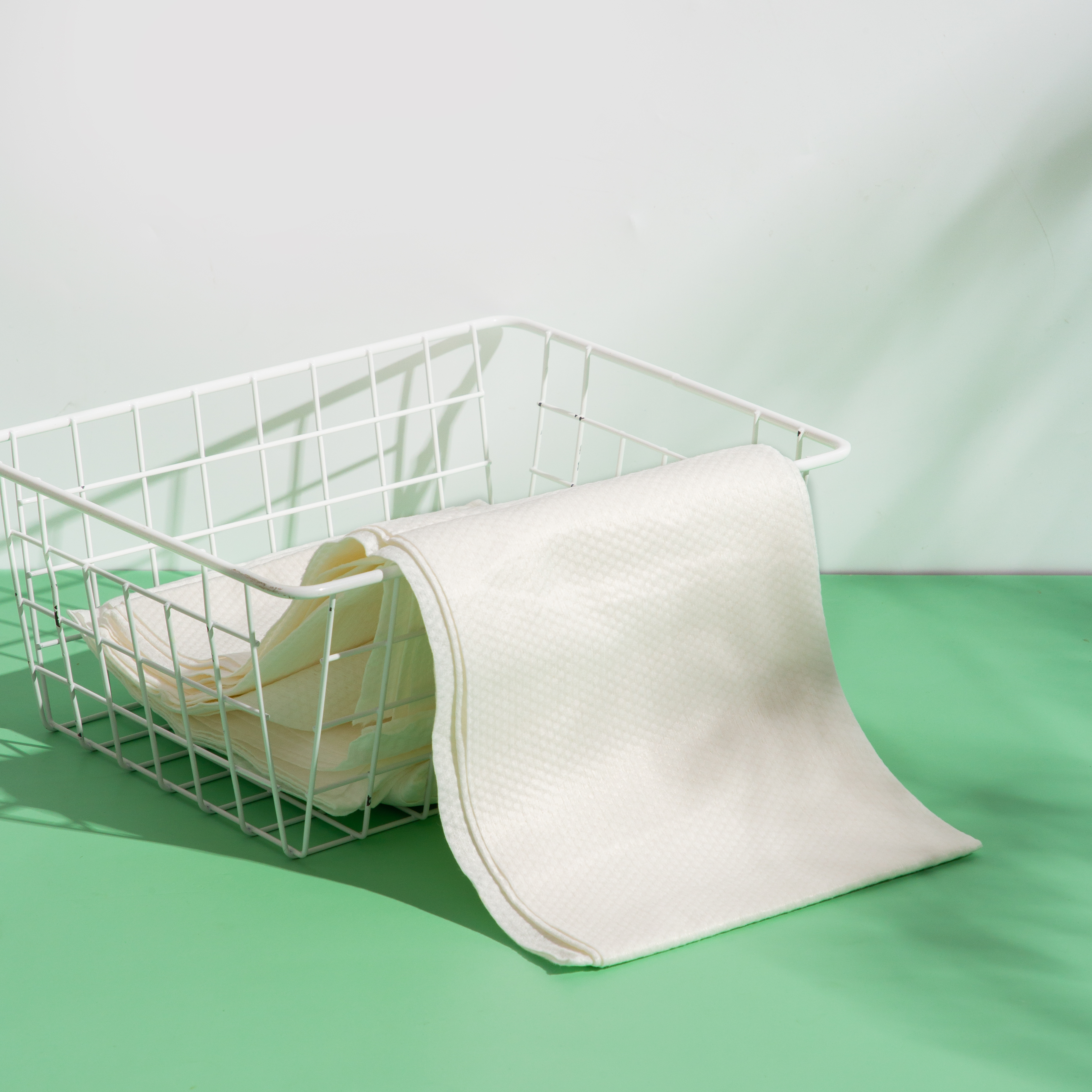What are Wipes?
Wipes can be a paper, tissue or nonwoven; they are subjected to light rubbing or friction, in order to remove dirt or liquid from the surface. Consumers want wipes to absorb, retain or release dust or liquid on demand. One of the main benefits that wipes provide is convenience - using a wipe is quicker and easier than the alternative of dispensing a liquid and using another cloth/paper towel to clean or remove the liquid.
Wipes started at the bottom or more precisely, the baby’s bottom. Yet, during the past decade, the category has grown to include hard surface cleaning, makeup applications and removal, dusting and floor cleaning.In fact, applications other than baby care now account for about 50% of sales in the wipes category.
Disadvantages of rags over disposable wipes
1. Rags are generally less absorbent especially if they are made of a non-cotton material, while laundered cloths often smear liquids, grease and oil, instead of absorbing them.
2. There are high hidden costs involved in the collection, counting and storage of laundered cloths.
3. Contamination of laundered cloths is also an issue, particularly for the food and beverage sectors, as reuse of the cloth can aide the spread of bacteria.
4. Rags are losing popularity in industrial applications given the variable quality and inconsistent size, absorbency and strength of the cloth. Furthermore, rags often give poorer performance after being repeatedly laundered.
Benefits of disposable wipes
1. They are clean, fresh and can be precut to convenient sizes and shapes.
2. Pre-cut wipes provide higher levels of convenience and mobility, as the wipes are available individually in a compact packaging and ready-folded.
3. Disposable wipes are consistently clean and absorbent with no danger of wiping on rather than wiping off any contaminants. When you use a clean wipe every time, there is no need to worry about cross contamination.
Post time: Aug-03-2022



